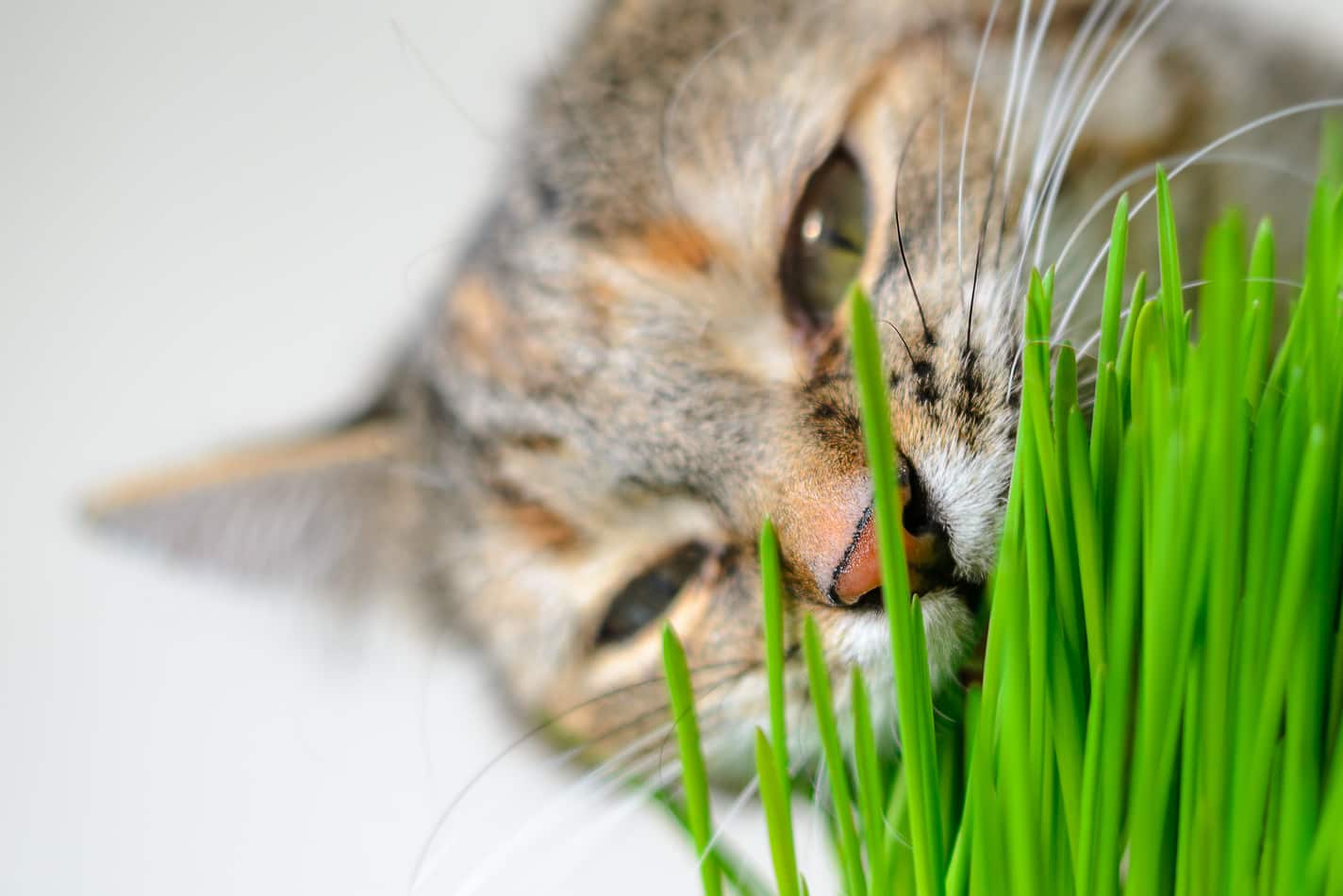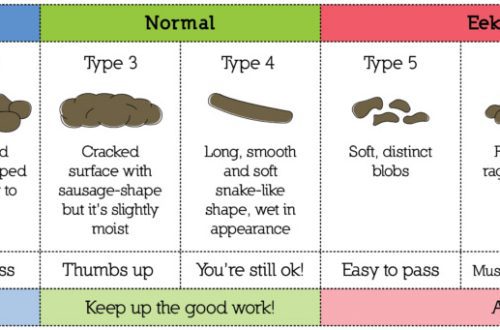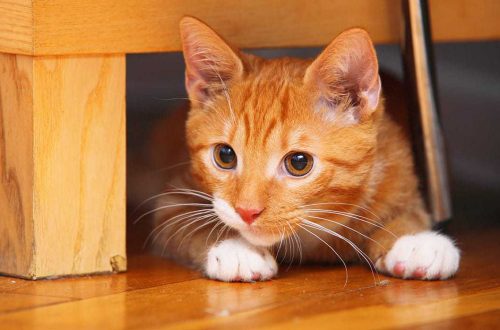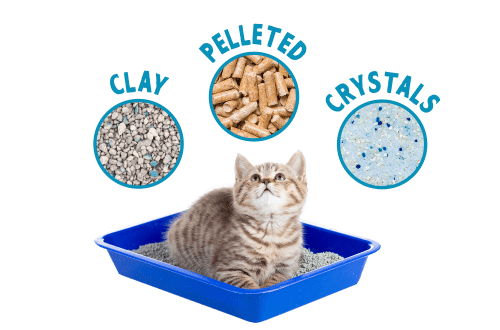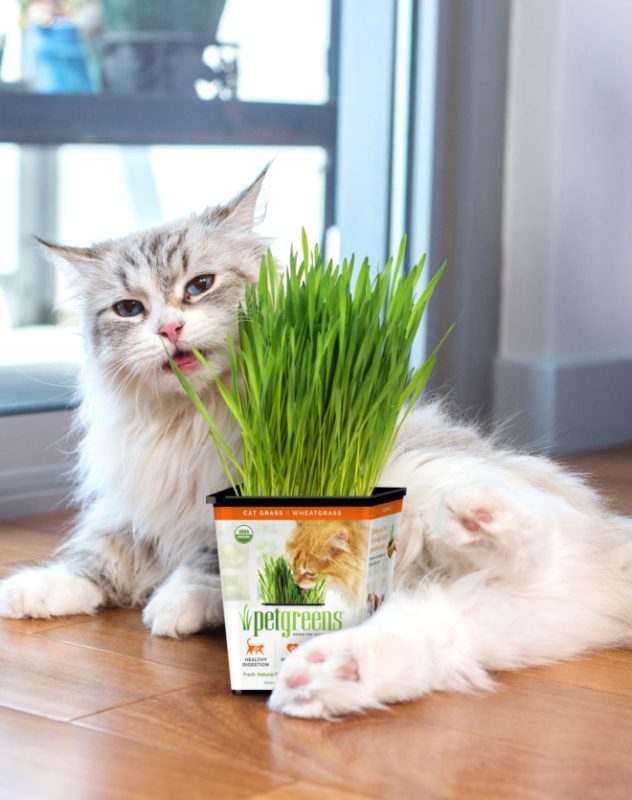
Cats Favorite Grass: Is It Safe?
Even though cats are carnivores, meaning they must eat meat to get the nutrients they need, they love to chew on plants for a variety of reasons.
But what is cat grass and is it safe for a pet – a veterinarian will tell. And this article will help you figure out what you need to know about cat greens.
What is cat grass
Cat grass is not a specific plant, but any grass that is classified as a cereal, including wheat, barley, oats, or rye. It should not be confused with lawn grass, which can contain toxic pesticides. Cat grass is grown indoors, specifically for pets.
Another benefit of cat grass is that it can be used as a distraction. Designed specifically for cats, this tasty snack can distract your pet from other dangerous or delicate plants.
If your cat loves to chew or knock over houseplants, then a cat grass garden at home is the perfect way to thwart her antics.
Sprouting grass for cats at home is more popular today than ever. It can be found at your local pet store, online, or even at a veterinary clinic.
You can create a homemade greens smorgasbord for your cat by purchasing seeds from the store. Wheat grains are popular today. As with planting any plant in a pot, cover the seeds with soil, place the container in a sunny spot in the house, and water it regularly. Spraying will help to avoid overwatering. After a few days, the seeds will begin to germinate and will be ready to eat within two weeks. No need to transfer the grass to a plate. A cat can chew grass straight from a garden pot.
Is cat grass safe?
One very old feline myth says that cats only eat grass when they are sick, but research shows this is not the case. Cat grass not only tastes good to the cat, but also benefits by helping the cat’s digestive system work.
The grass contains folic acid – a vitamin necessary for the full functioning of the circulatory system. It is commonly found in owners’ breakfast cereals based on the same blend of grains.
Cat grass acts as a laxative, helping to clear out hairballs or bits of food that the cat has swallowed. Because cats can overeat when they are sick, it is imperative that you consult with your veterinarian. This will help make sure that there is no medical reason for overeating cat grass.
It is important to keep the cat garden separate from any other indoor plants. The American Society for the Prevention of Cruelty to Animals offers a comprehensive list of popular houseplants that are poisonous to cats and dogs.
It’s best to place philodendrons, aloe, parsley, and other dangerous plants on a high shelf or in a pot that your cat can’t reach. And the cat grass should be arranged so that the pet knows that this greenery is intended for her.
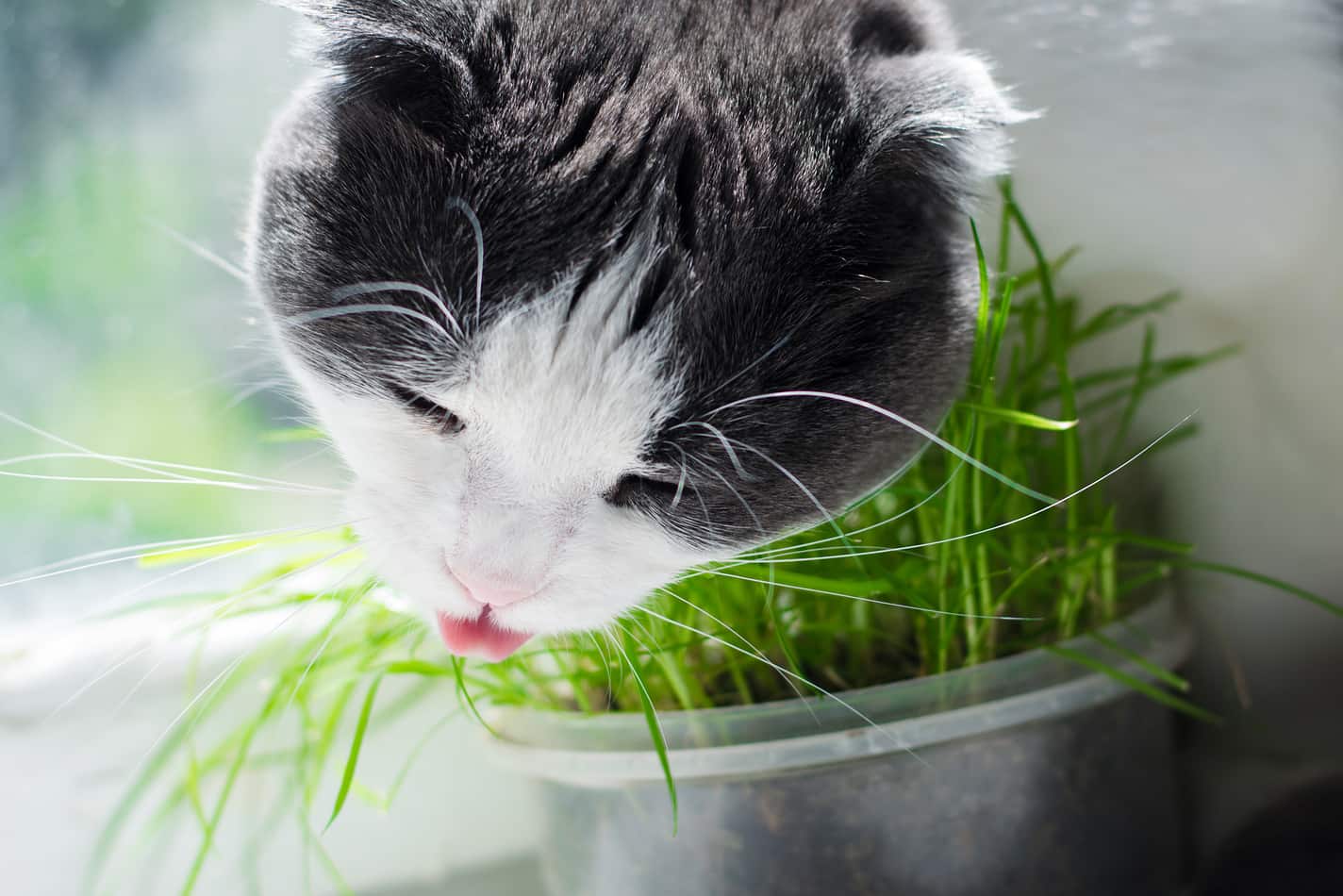
Too much – how much?
Cat owners know firsthand how long it takes to clean up hairballs, especially if the cat is long-haired or actively shedding. Cat grass will help with this if the cat eats a lot at a time. “After prolonged chewing of grass,” notes Animal Planet, “the cat is sure to spit up after a while.” This will not happen every time she eats grass. But if she does spit up or there are blades of grass in her vomit, this will probably be a sign that it is time for someone to be combed out or taken to the groomer.
The exact amount of grass that should be grown has not been established, but it is generally recommended to plant about a handful of seeds at a time. If there are several cats living in the house, you should consider giving each a potty so that they do not quarrel.
What grass can cats eat? Feline, especially if you take care to buy suitable already germinated grass in a pet store or good seeds, as well as monitor the pet’s habits and health. But if the cat behaves unusually, you should immediately contact your veterinarian.
Not all cats eat cat grass – after all, these animals are famous for being extremely picky eaters. But many of them are very positive about it. So why not offer your favorite fluffy some cat grass – maybe he will like to have his own little garden.



